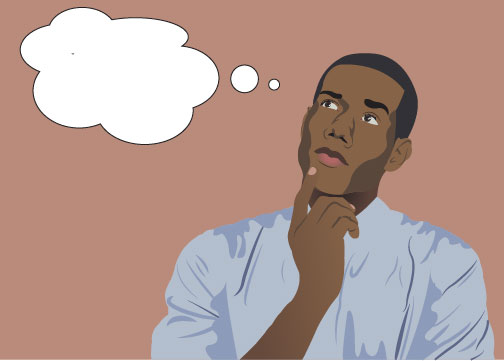Reopening Schools Means Extreme Danger
November 3, 2020
The COVID-19 pandemic has devastatingly impacted most occupations. Along with the millions of people that are struggling to maintain normality, students have faced a new challenge as they have started the 2020-2021 school year remotely. Remote learning is serving some well and others not so much. A major debate about how the rest of the year will look and students returning to school has been a trending topic among many students. I believe that students returning to in-person learning will end up as a disaster that must be prevented through remote learning.
Beginning a new school year with an entirely new class, teacher, course, and few friends is challenging in itself. The remote setting has brought numerous restrictions on making new friends and clear communication that are enforced because of the social distancing rules and prevention of COVID-19. According to the Washington State Department of Health, as of Oct. 24, Washington has had 102,913 confirmed cases of the coronavirus, and 2,296 of those people have died despite the lockdown and restrictions set on the people regarding meeting others. If schools resumed in-person learning, it would mean that a huge number of people would be gathered in one place. There is no possible way to have all the students physically learn at the school campus and have each person maintain six feet of distance from another or sanitize everything after one person comes in contact with it. Junior Surya Bollaprgada says, “As of right now, school should not be open at all. Other countries who have opened only did so because their cases were low and manageable, which is not the case in America right now. A lot of people haven’t been quarantining at all, and it’s unfair to those who have to risk getting COVID[-19] for some people to ruin it by starting an infection in our school. Quarantine has been hard on a good number of people, but it’s important to respect the health concerns of those most vulnerable.” Especially with an overcrowded school, managing the safety of the students is extremely difficult and eventually puts a lot of responsibility upon the school and staff to ensure the safety of students and themselves. To add on, it is common for students to share basic objects such as pencils or erasers or for them to pass back classwork to their classmates. Sophomore Ramya Senguttuvan states, “I do not think schools should reopen until a vaccine is distributed. If multiple students are going to the same bathrooms, sitting in the same chairs/desks, borrowing pencils, etc., then that worsens the situation and raises the risk for the spread of the virus. These are not things that can be easily avoided [in a school environment], and so we should not open schools until a vaccine has been formulated and given to the students and staff.” While it seems simple for teachers to set a ban on anyone coming in contact with another while working, it is not humanly possible for one or two teachers to monitor about twenty-five students whilst teaching proficiency.
Overall, we are not quite ready yet for people to roam about and gather in large groups. The Issaquah School District is planning on approaching this by eventually opening schools, letting only a certain number of students in at a time on different days of the week. However, doing so would still gather over a thousand students on campus at once. Students need to follow the social distancing rules advised by the CDC to make sure they stay safe and do not get affected by COVID-19 since that will not only affect their health, but also their learning as they would be extremely sick. If we start in-person teaching, as some people are arguing for, they need to understand the upcoming consequences if they were to do so. Thus, schools must wait until it is statistically proven by the numbers that there is little to no risk of the deadly infection spreading and not take a chance with the health of young teenagers and their families.



